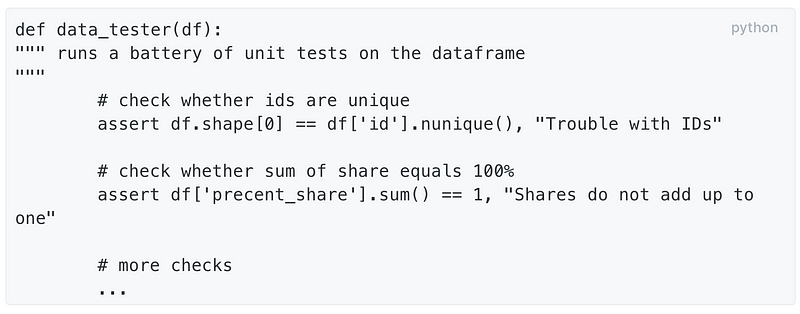Revolutionizing Data Science: Insights from The Turing Way Project
Written on
The Turing Way: An Introduction
Welcome to the handbook of The Turing Way, dedicated to fostering reproducible, ethical, and collaborative data science practices. The Turing Way project is an open-source initiative that should inspire any researcher interested in data science. Serving as a comprehensive guide, it compiles techniques and best practices aimed at enhancing the reproducibility of your research and preparing it for an open science future.
At present, the project boasts over 250 contributors, offering not only a rich online book but also opportunities for community engagement through its GitHub repository. The wealth of information available could easily fill hundreds of articles, yet I aim to raise awareness about this valuable resource, as many may not be familiar with it.
In this discussion, we will highlight key elements from the Reproducible Research chapter, which represents a fraction of the overall content.
Version Control: Enhancing Collaboration
One of the most effective strategies for improving your research project is implementing version control. This practice fosters collaboration among you, your future self, and your peers. If executed properly, it eliminates the common frustrations of “you accidentally overwrote my changes” and “which version is the latest?”
For version control, I utilize Git along with GitHub. Git allows you to document your project's progress through commits and enables you to revert to previous commits when necessary. While other platforms, such as Google Drive, offer similar features, Git excels at managing multiple project branches.
In practice, this means that one collaborator can work on a new feature (Branch A) while another focuses on a different aspect (Branch B). Once both are complete, they can merge their contributions back into the main branch, enriching the project with new functionalities. This method facilitates a division of labor and enhances efficiency.
From my experience, the branching and merging process works seamlessly if planned in advance. Aim to distribute tasks in a manner that avoids simultaneous edits to the same file, as this can lead to time-consuming merge conflicts.
Reproducible Environments: Ensuring Consistency
Sharing your code is beneficial for other researchers, providing a clear documentation of your project. However, to allow others to replicate your results successfully, attention to your computational environment is crucial.
Establishing reproducible environments enables others to recreate the same setup on their machines that you used while developing your code. Often, it suffices to share the Python or R environment utilized in your work. In some cases, you may need to offer a complete image of your machine, such as a Docker container.
In Python, managing your environment is commonly done through conda. Sharing your conda environment is straightforward; simply create a requirements.txt file containing the necessary dependencies, and your collaborators can install them automatically.

For R, while conda is less frequently used, difficulties often arise when trying to install required packages. The pacman library can help streamline this process. Including the following code at the beginning of your R script can resolve most environment issues.

Unit Testing: A Key Skill for Data Scientists
As highlighted in the community’s "5 Years of Data Science" report, unit testing is an undervalued skill among data scientists, and this applies equally to researchers. While manual data inspections are essential, you can automate some checks using unit tests.
For instance, you can create a simple test to verify the uniqueness of observation IDs or to identify any errors that may have resulted in duplicates.

Once you're ready to enhance your testing capabilities, consider consolidating multiple tests into a single function.

Additionally, explore dedicated modules for unit testing like pytest and unittest, or use the assertthat package for R, which provides "assert-like" unit tests.

In conclusion, I anticipate that this will not be my final discussion on The Turing Way. In the meantime, I encourage you to explore their project, GitHub, and social media for more insights into reproducible, ethical, and collaborative research practices.